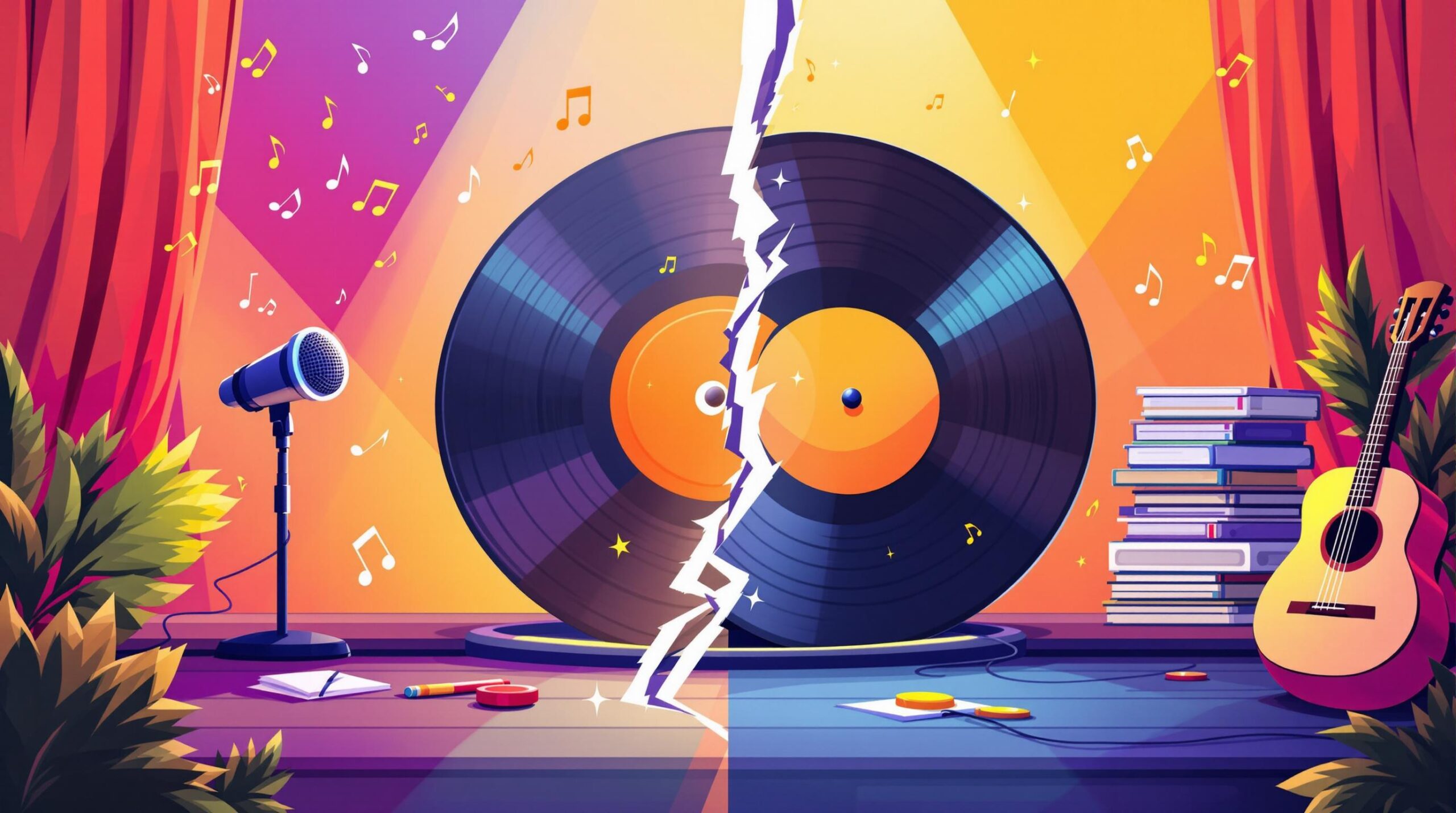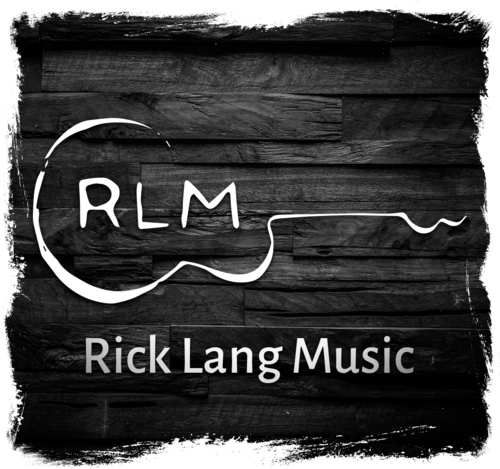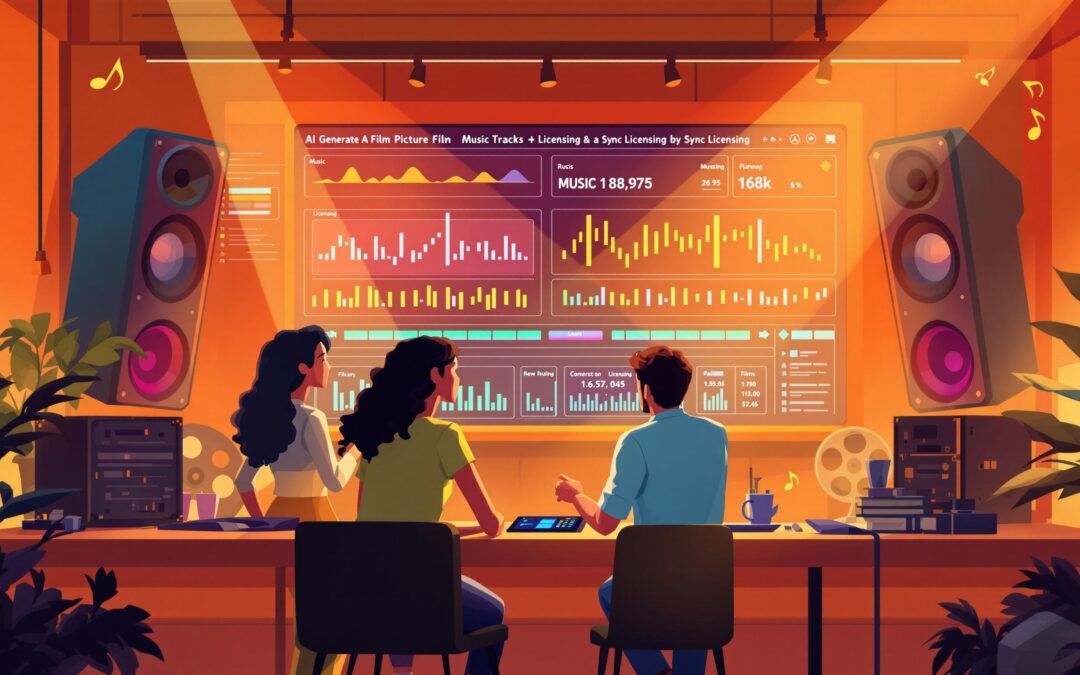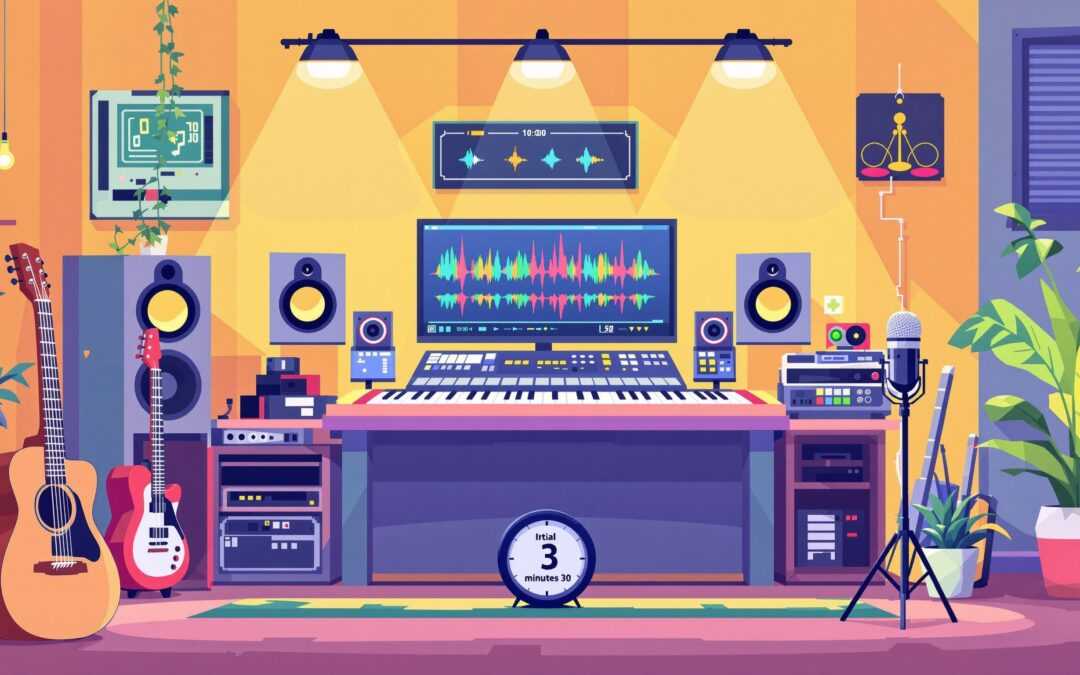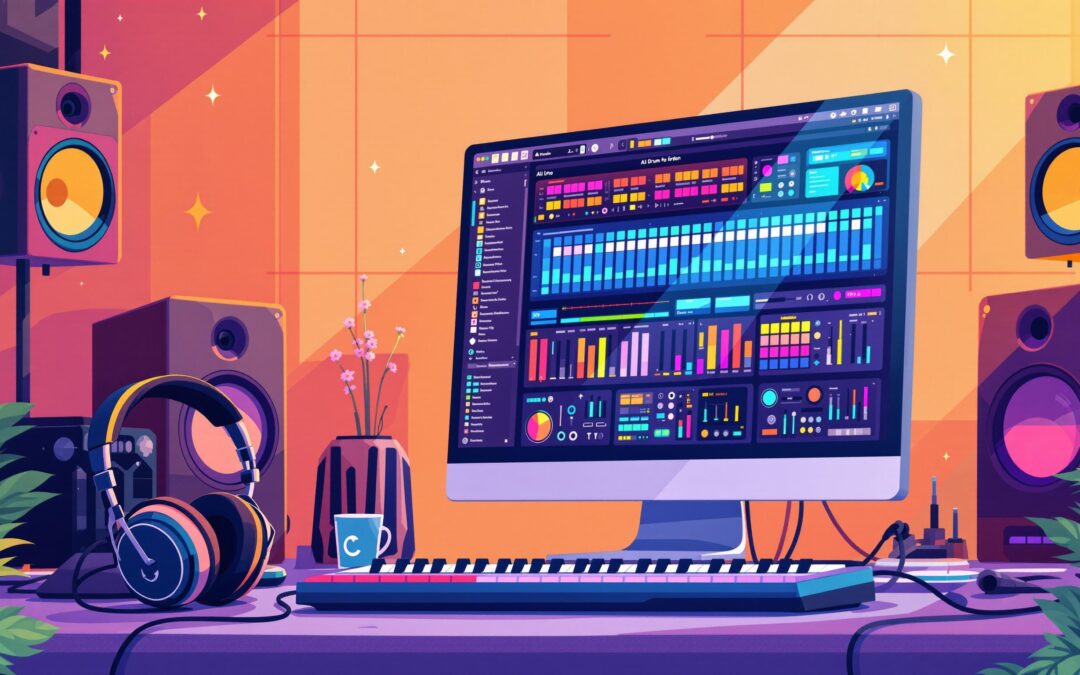Artists often ask: Should I release singles or albums? Here’s a quick breakdown to help you decide:
- Singles: Great for quick releases, lower costs, and frequent visibility. Ideal for testing audience interest and landing on playlists. However, they offer limited storytelling and can lack long-term engagement.
- Albums: Showcase depth, creativity, and storytelling. They build stronger fan connections, generate more revenue, and support touring. But they require more time, money, and marketing effort.
Quick Comparison
| Factor | Singles | Albums |
|---|---|---|
| Cost | Lower production cost | Higher production and marketing cost |
| Release Speed | Fast | Slow (6–18 months) |
| Artistic Depth | Limited | High |
| Revenue Potential | Lower per release | Higher per release |
| Fan Engagement | Short-term | Long-term |
| Playlist Potential | Higher chance of playlist inclusion | Lower, unless singles are pre-released |
Key Takeaway: Singles are perfect for staying visible and testing the waters, while albums are better for building a lasting legacy and deeper fan connections. Many artists use a mix of both to balance exposure and artistry.
Singles: Benefits and Drawbacks
Advantages of Singles
Singles bring several benefits, especially in today’s fast-paced digital music landscape. Their shorter production cycle helps artists stay connected with fans while aligning with streaming algorithms. Plus, focusing on one track allows for a more targeted approach to specific audiences and moods.
| Advantage | Impact |
|---|---|
| Quick Release Cycle | Faster turnaround from production to release compared to albums |
| Lower Production Cost | Generally more affordable to produce, making it easier on budgets |
| Playlist Potential | A single track has a better chance of landing on curated playlists |
| Marketing Focus | All promotional efforts can center on one song, maximizing impact |
| Testing Ground | Helps gauge audience interest before committing to larger projects |
Singles also offer the flexibility to release music at the right time, whether to ride a trend or match a seasonal vibe. This can be especially useful for newer artists trying to grow their fan base.
But while singles have their perks, they also come with challenges that can affect artistic depth and revenue.
Limitations of Singles
Singles aren’t without their downsides. One of the biggest challenges is the limited storytelling scope – they need to deliver a complete artistic message in a short format.
Here’s a breakdown of some common limitations:
| Aspect | Limitation |
|---|---|
| Creative Depth | Less room to explore complex themes or develop intricate narratives |
| Revenue Potential | Generates less income per release compared to full albums |
| Fan Engagement | Shorter promotional cycles make it harder to build long-term connections |
| Critical Reception | Often gets less attention or analysis from critics and industry insiders |
| Archive Value | May lack the lasting appeal or collectibility of a full album |
| Marketing Costs | Each single requires its own promotional budget, which can add up |
| Merchandising Opportunities | Fewer chances to create physical or collectible products tied to the release |
Singles rely heavily on grabbing attention quickly since listeners often decide if they like a track within seconds. This pressure can sometimes lead to prioritizing instant appeal over deeper artistic exploration.
Albums: Benefits and Drawbacks
Advantages of Albums
Albums provide a platform for artists to showcase a range of styles, tell deeper stories, and generate multiple income streams. However, like singles, they require thoughtful planning and investment.
| Advantage | Description |
|---|---|
| Artistic Freedom | Opportunity to experiment with various genres, tempos, and themes in one release. |
| Revenue Streams | Higher earnings from physical sales and streaming royalties. |
| Media Coverage | Increased chances of press attention and critical reviews. |
| Merchandise Options | More possibilities for physical products like vinyl, CDs, and box sets. |
| Fan Investment | Builds stronger connections with audiences through a full musical journey. |
| Legacy Building | Adds depth to an artist’s catalog and leaves a lasting mark in music history. |
| Tour Support | Provides ample material for live performances and tours. |
Albums also allow for cohesive visual themes that enhance an artist’s identity. Despite these benefits, creating an album comes with its own set of hurdles.
Limitations of Albums
While albums remain a staple in the music industry, they come with challenges, especially in a world dominated by streaming platforms.
| Challenge | Impact |
|---|---|
| Production Costs | Higher expenses for studio time, mixing, and mastering. |
| Time Investment | Long production timelines, often ranging from 6 to 18 months. |
| Quality Control | Ensuring consistent quality across multiple tracks can be difficult. |
| Storage Costs | Additional costs for managing physical inventory. |
| Marketing Budget | Larger promotional campaigns are needed to sustain interest. |
| Risk Factor | Greater financial loss if the album fails to perform well commercially. |
The shift toward streaming has made it harder for listeners to stay engaged with full albums. Shorter, single-focused content often aligns better with modern listening habits, which can impact an album’s reach and success.
sbb-itb-1c6af30
Making the Right Choice
Career Stage and Long-Term Goals
Where an artist is in their career and what they aim to achieve long-term play a big role in deciding between singles, albums, or a mix of both. For newer artists, releasing singles can be a smart way to build an audience quickly without committing to a full album. On the other hand, established artists often lean toward albums to showcase their full creative range. For those aiming for mainstream appeal, a mix of singles and albums helps cater to a wider audience. This decision should tie into the artist’s overall career plans and lay the groundwork for future opportunities.
The Best Music Release Strategy In 2024 (Single Vs Album)
Conclusion
Balancing artistic vision with practical strategy is key when deciding between singles and albums.
Key Considerations
The decision often hinges on an artist’s career stage and available resources. Audience preferences and genre also play a major role. For example, pop and hip-hop fans tend to engage more with frequent single releases. Meanwhile, rock and jazz listeners often enjoy the storytelling and cohesion of full albums.
Blended Strategies
A mixed approach can help maintain visibility while developing a deeper artistic narrative:
- Album Launch: Release 2–3 singles leading up to the album to generate excitement.
- Gradual Growth: Begin with singles, transition to EPs, and eventually release full albums as your audience expands.
- Seasonal Releases: Drop singles during high streaming periods and save albums for times when listeners have more availability.
This approach allows artists to adapt to their evolving goals while staying connected to their audience. Finding the right balance between creativity and strategy is essential for long-term growth in today’s music industry.
